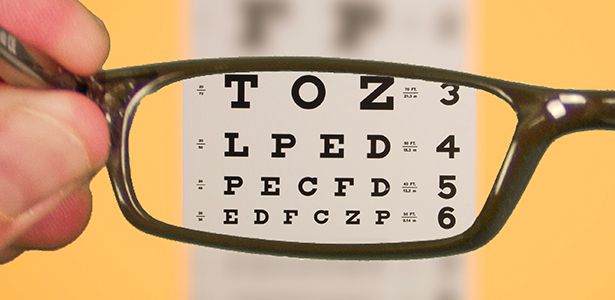Study of the Day: Attempting to Focus Can Lead to Distorted Images
Don't believe everything that you see. New research from Yale University shows (yet again) that our brains may be wired to trick us.
PROBLEM: It's a contradiction that we've all experienced. Sometimes, the more we focus on certain objects, the more we misperceive where they are in relation to other objects.
METHODOLOGY: Yale University cognitive psychologists Brandon Liverence and Brian Scholl tested this phenomenon across three experiments, where 10 people each completed simple visual tasks. In one trial, participants watched four circles on a computer screen as they moved around on a computer monitor while rapidly changing colors. Before the movement began, two of the circles, the targets, flashed several times. During the ensuing motion, the participants were tasked to press a key whenever either of those targets turned red or blue. Then, after several seconds of motion, all of the circles disappeared. The participants then had to pinpoint the locations they'd last seen the circles.
RESULTS: Overall, the subjects located the objects with high accuracy. But the targets were seen as closer together than they really were, while the other objects were seen as farther apart than they really were.
CONCLUSION: Consistent with past research, participants reported circle locations that were all slightly compressed toward the center of the display, as if the mind's representation of the world were shrunk. Interestingly, the authors also observed that the subjects remembered the two target circles as closer to each other than they actually were, as if they were attracting each other, and reported the other two circles as farther apart than they'd been, as if they were repelling each other.
IMPLICATION: The findings add to a growing body of cognitive psychology research that destabilizes our trust in what we think we know for sure. As Liverence puts it, "We tend to think that attention clarifies what's out there. But it also distorts."
SOURCE: The full study, "Selective Attention Warps Spatial Representation: Parallel but Opposing Effects on Attended vs. Inhibited Objects," is published in the journal Psychological Science.
Image: kenteegardin/Flickr.

